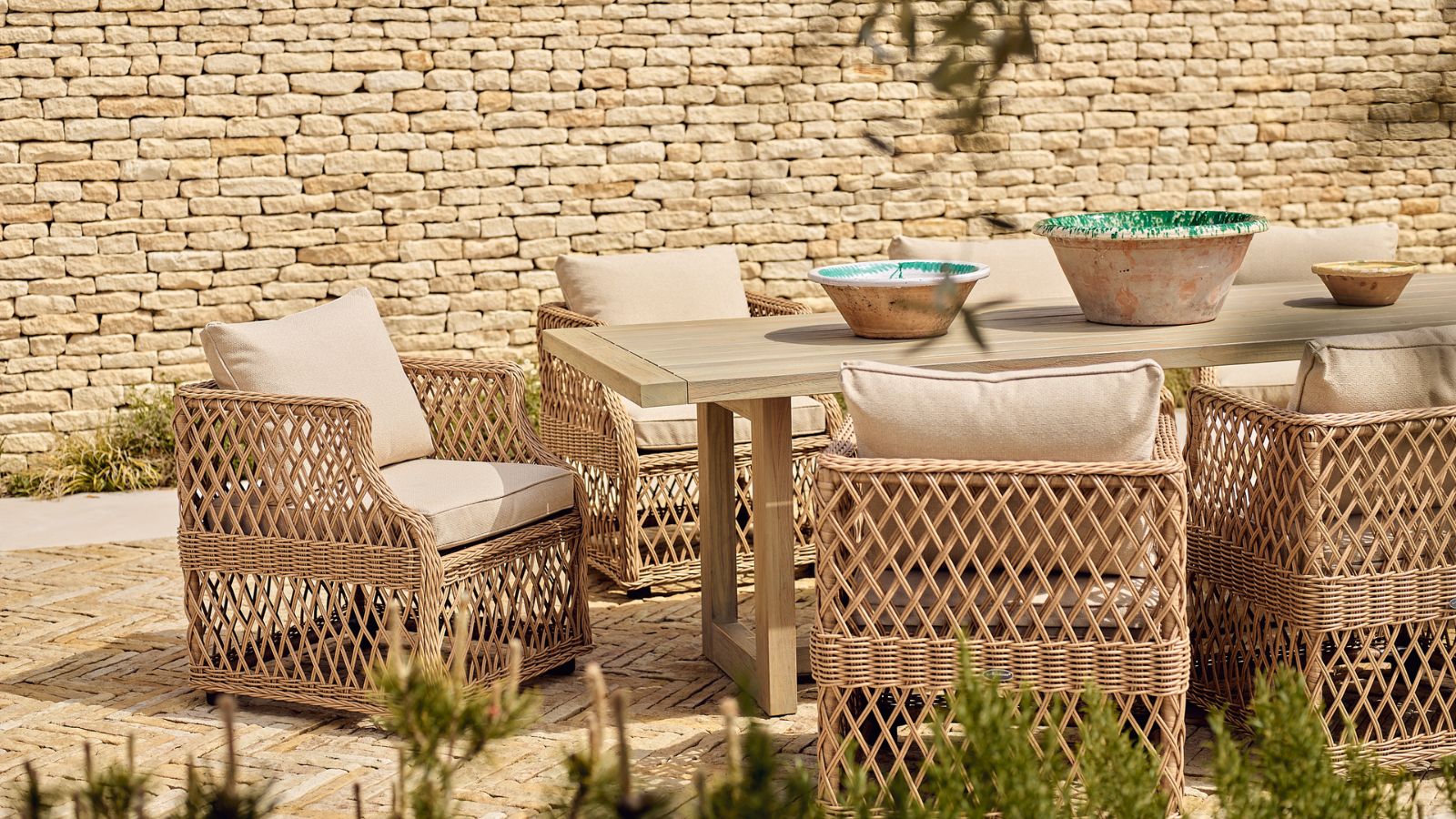
Being outside, it is only natural that patios get dirty from time to time, and while it is helpful to clean them every so often, there are various patio cleaning mistakes that are making your hard work redundant.
From skipping the corners to neglecting essential maintenance, small shortcuts could spell the end to your al fresco dining plans, and could even result in you needing to replace the patio altogether, experts warn.
So, these are the seven mistakes to avoid when cleaning a patio, maintaining it, and using it to keep your outdoor seating ideas looking fresh and avoid a costly replacement.
7 crucial patio cleaning mistakes to avoid
1. Using the wrong cleaners
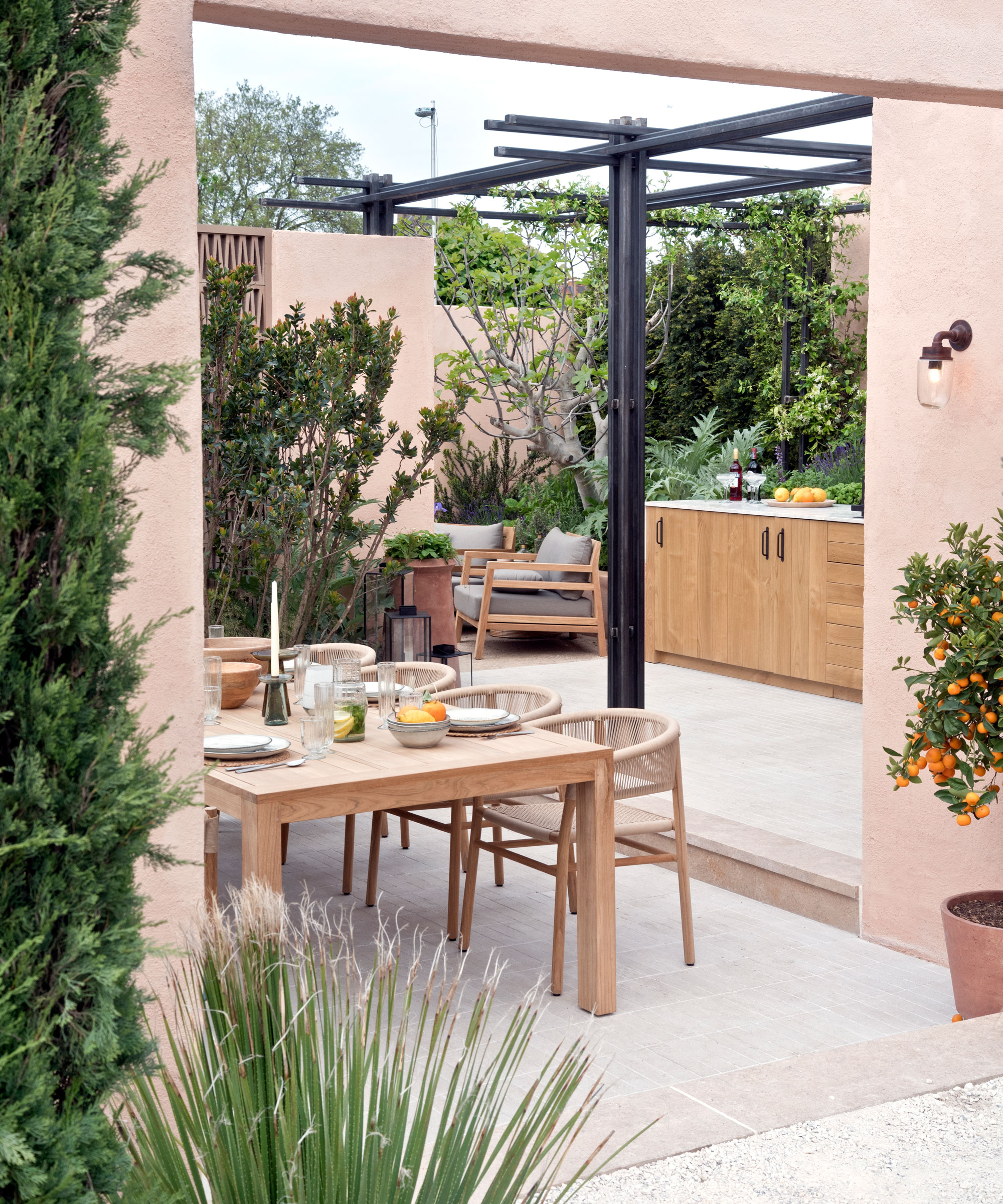
To keep your backyard cleaning simple and easy on your arms, it is essential to use the correct cleaning supplies and tools, and avoid the things you must never use when cleaning a patio. Failing to do so can seriously damage the pavers.
Jeremy Yamaguchi, CEO at pool and outdoor specialists Cabana, warns, 'One patio cleaning mistake people sometimes make is using chemicals that are too harsh.
'You don’t necessarily have to use non-toxic, natural cleaning ingredients, but understand that harsh chemicals can cause damage if you aren’t careful. They can get into your nearby grass and plants, get in contact with your outdoor furniture, get into your pool, and more when washed away.'
Given that you do not need harsh chemicals to clean well, consider products such as Simple Green, from Walmart, which is certified EPA Safer Choice, and can be used on all sorts of surfaces, from patio pavers to cleaning outdoor furniture.
Always remember to thoroughly rinse the area after cleaning, too, using a hose pipe from The Home Depot to keep things simple, to avoid staining or slippery residue.
Joe Raboine, VP of design at Belgard, adds, 'Even when using a specialized cleaner formulated to treat tough stains on hardscapes, it’s important to first conduct a test on a small area to prevent broadly damaging the pavers. When applied correctly, these cleaners should not affect the color or tone of the product.'
2. Pressure washing
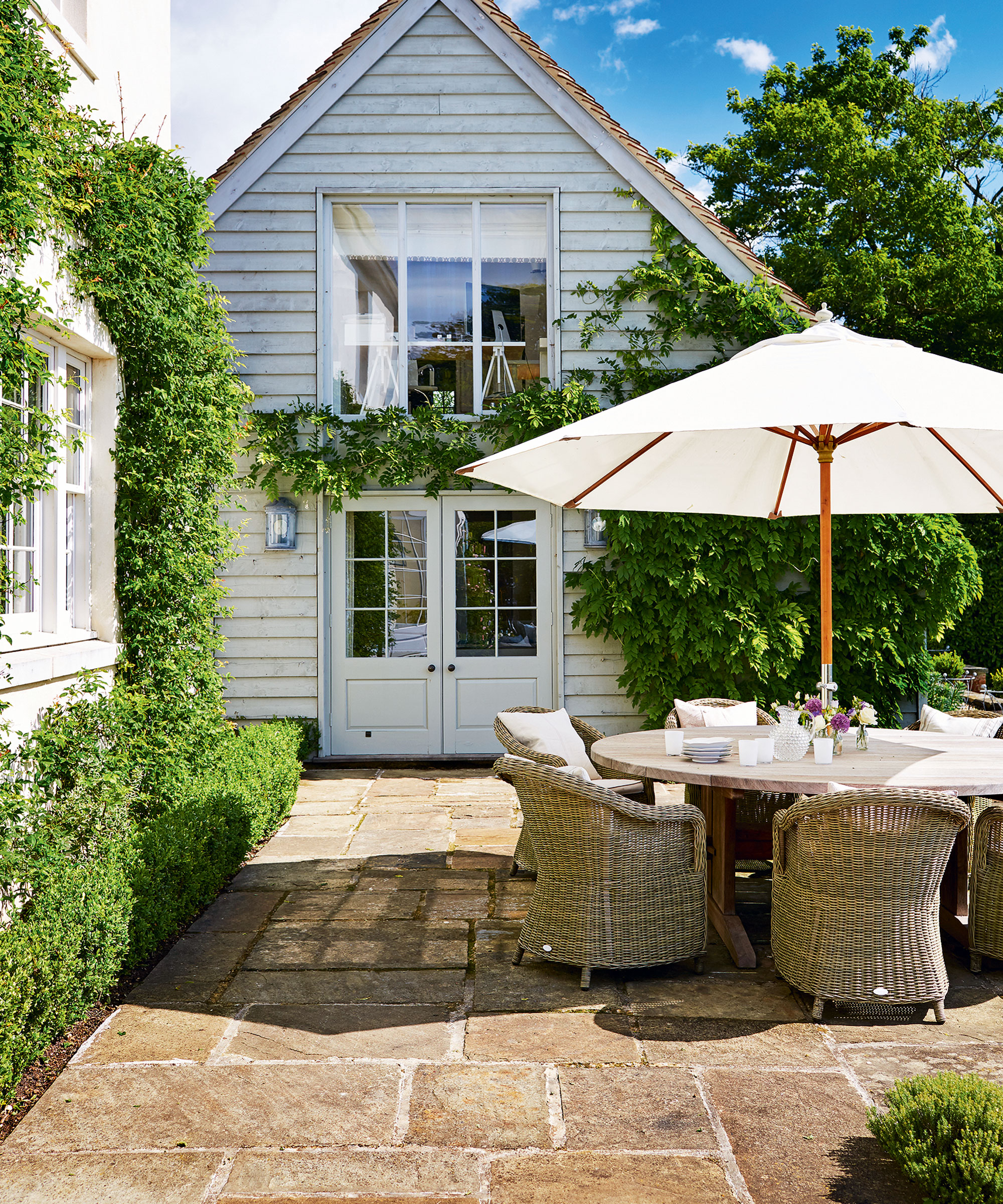
Although it is possible to pressure wash a patio without damaging it, avoiding this high-power tool where possible is one of the many things people with clean patios always do.
Designer and garden specialist Beril Yilmaz from Garden Furniture Sales, warns, 'Too much pressure washing can wear away the patio and leave it looking tired and worn. It can also damage the sealant used to protect the patio if used too often.'
Instead, you should use a cleaning solution and a stiff-bristle brush, available at Walmart, to scrub the patio manually. It takes more work, but it pays off when you do not have to have your patio refinished or relaid.
The same goes for cleaning concrete statues, too.
3. Not treating stains
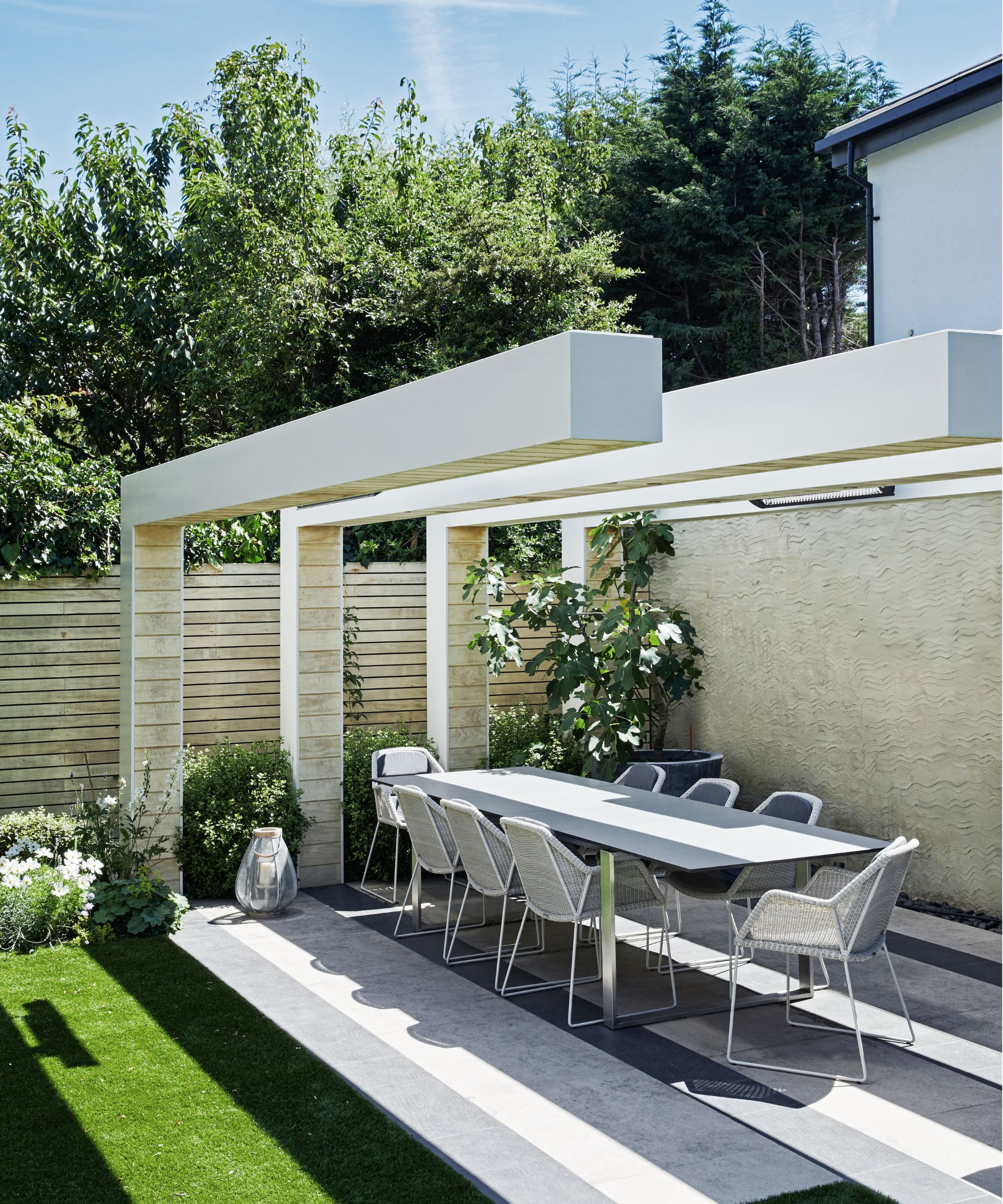
Stains are part and parcel of an outdoor space, but leaving them untreated could ruin the look of your outdoor seating ideas for good.
Ben Ashton, CEO of Rocky Mountain Turf, shares, 'Stains like rust, oil, minerals, and algae all have their unique characteristics, and you'll want to use specialized cleaners on these kinds of stains. Plain water or a general-purpose cleaner won't get the job done.'
To remove rust stains from concrete and patio pavers, try RustAid Goof Off Rust Stain Remover from Amazon.
Alternatively, if your patio is going green, you can use Wet & Forget spray, available at Walmart, to kill off the growth. I use Wet & Forget on my patio every spring, and love that it requires no scrubbing for perfect results.
4. Not cleaning enough
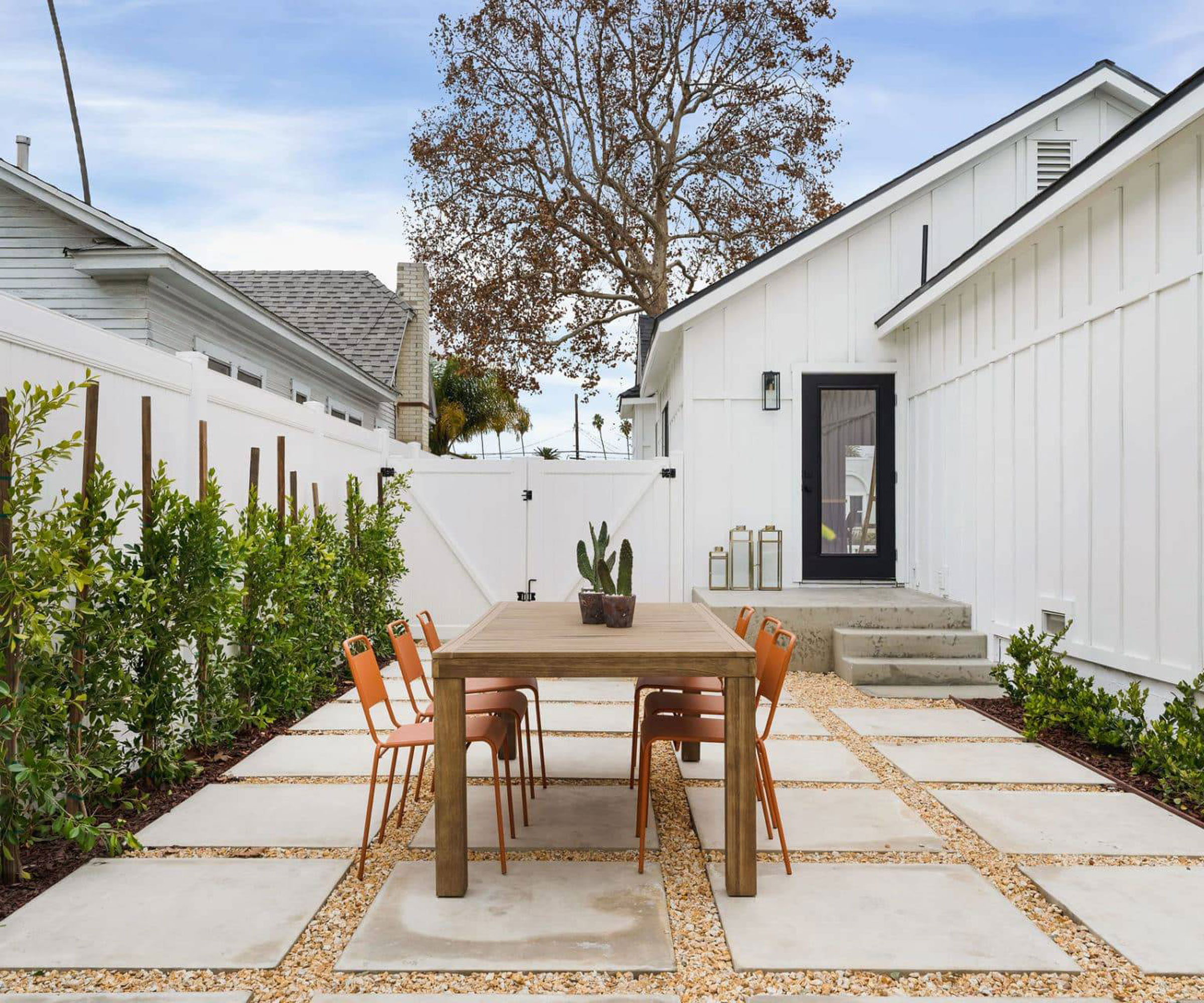
Andy McLaughlin, paving and landscaping specialist at RF Paving says, 'Regularly maintaining your paving is very important, and the outside floor should be treated in much the same way as an interior floor – most people wouldn't leave dirt and grime to build up on an internal floor, so why would we allow this on our patio.'
As with not knowing how often to clean the exterior of your house, Andy explains, 'Not keeping up with regular maintenance of your paving can have implications on the appearance, lifespan, and safety of the paved area. If a patio is left unmaintained for long periods, the aesthetic appearance is the first obvious demise, as dirt, grime, and often mosses build up on the surface.
'Similarly, if the joints of paving are not maintained regularly or correctly, this could have an effect on the appearance and lifespan of the paved area. Jointing compounds can sometimes fail, crack, and lift from the joints.
'In some more severe circumstances, this can lead to the whole patio needing to be relaid. Water can seep into the mortar and subbase, and if it isn’t permeable, the freeze and thaw process can cause the paving to lift.'
As a general rule, aim to clean outdoor spaces twice a year, in spring and fall, to prepare them for the seasons ahead.
5. Not moving pots and furniture
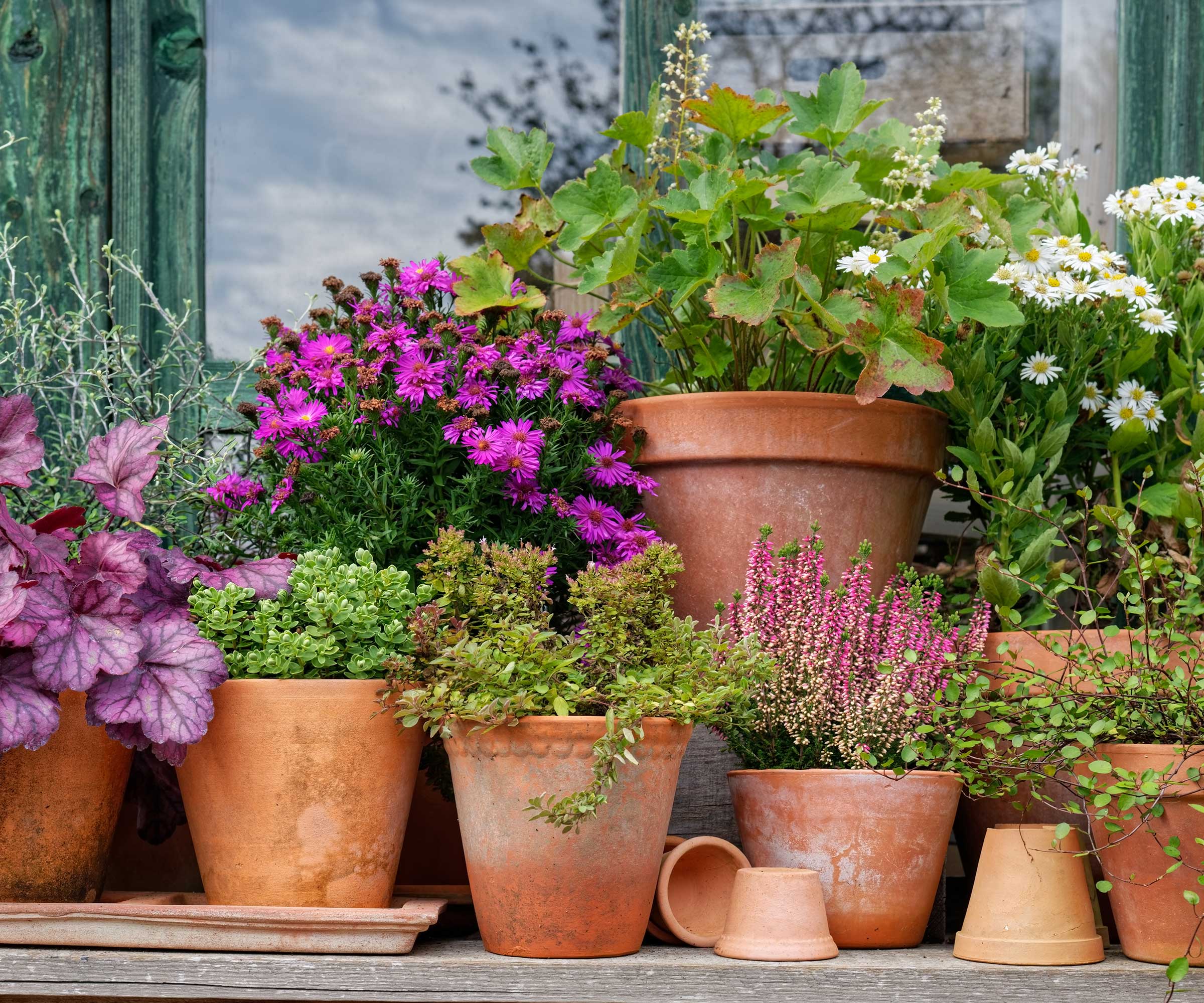
Adding some of the best patio plants in pots to your patio can liven up the space, but it also opens you up to a patio cleaning mistake of neglecting hidden spots.
Andy Wu, outdoor living expert and founder of Backyard Oasis says, 'Planters, especially heavy ones that haven't been moved for years, should be top of mind. Moisture goes hand in hand with mold, and homeowners are often dismayed to find dark rings and stains under their patio plants.
'These stains are tough to remove and require heavy-duty chemical solutions. In extreme cases, we've seen trapped moisture cause cracking in stone pavers and warping in deck boards – damage that goes well beyond the cosmetic.
'So, think of your patio as a whole surface and try your best to reach every nook and cranny. Like cleaning under your couch, pay special attention to the spaces under your plants and outdoor furniture on your patio.
'Also consider furniture risers or pot feet, from Walmart, under heavy planters to improve airflow and reduce moisture build-up year-round. Just a quarter-inch of space can make all the difference.'
6. Neglecting damage
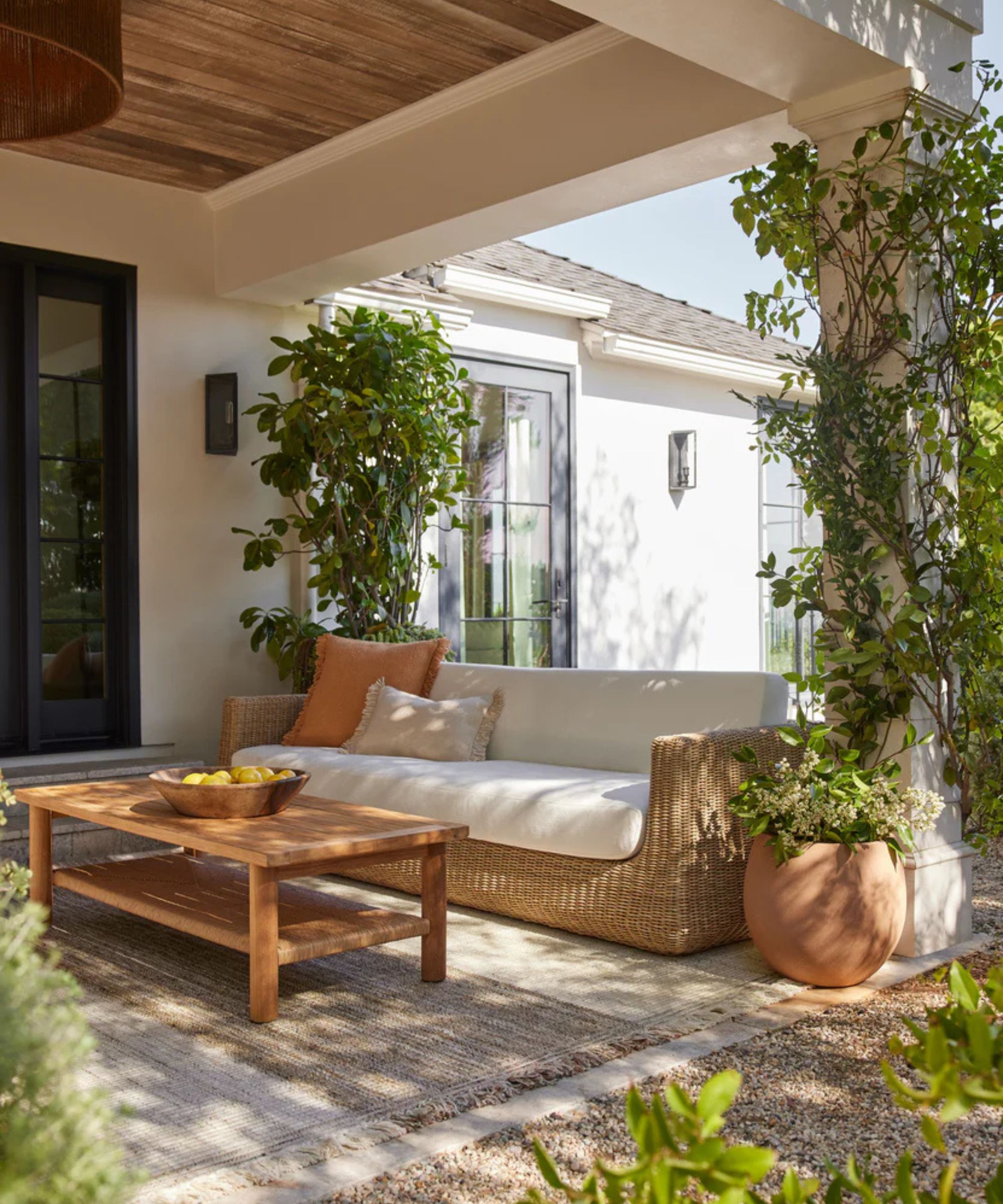
Your chores don't end when you have scrubbed your patio, you also need to check for damage to your patio materials. Failing to do so is a common patio cleaning mistake that could shorten the lifespan of your seating areas.
Ben continues, 'If your patio is consistently getting damaged from dripping water, if the concrete is cracking and heaving, or if you've got weeds growing up through cracks, cleaning is only going to take you so far. You've got to start by making sure your patio is in good repair.'
7. Not sealing a patio

Although not technically an essential outdoor cleaning task, sealing a patio after cleaning and as part of your annual spring patio prep can make your next cleaning jobs easier, while extending the lifespan of your pavers.
Joe Raboine concludes, 'Homeowners invest a lot in their outdoor spaces, and one common mistake is not keeping up with long-term maintenance. Doing a few simple things can make a big difference in the long run.
'For example, applying weed prevention between the spring and summer can help prevent weeds from shifting pavers apart over time. But during the fall or winter, applying sealant to pavers every three years is a good practice to protect against water and ice damage.'
The BEHR Premium Wet Look Sealer is highly rated at The Home Depot, and can be used on a range of exterior surfaces, including natural stone, concrete and pavers, and brick.
What to shop
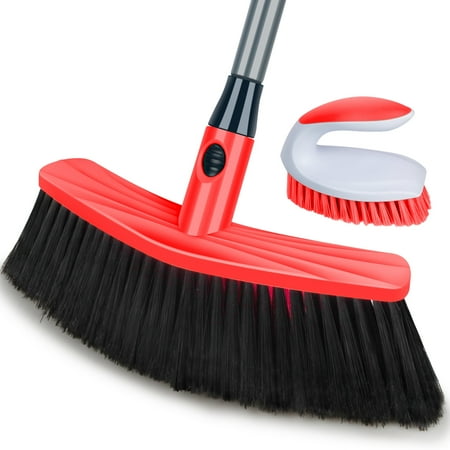
A sturdy scrubbing brush is perfect for quickly tackling leaves and debris build up, and working cleaning solutions into your pavers for perfect results. The smaller handheld brush can also be used for the small gaps such as grouting or pointing.
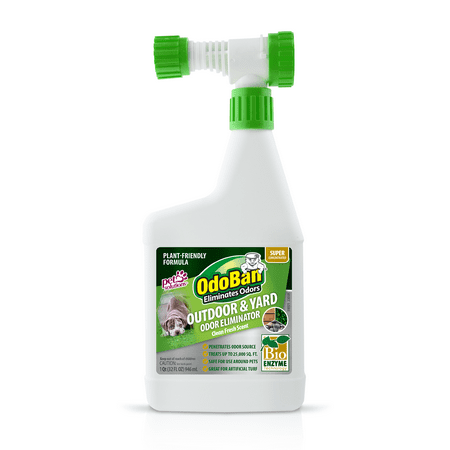
Pets or outdoor kitchen spills making your backyard smell funky? This natural-based odor spray is ideal for breaking down odors on grass, artificial turf, gravel, patios, and decking.
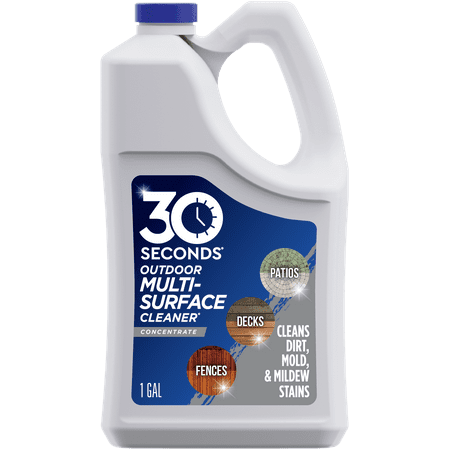
This concentrated formula is easy use. Simply mix a 1:1 ratio with water to rapidly clean a range of outdoor surfaces, including decks, patios, concrete, and brick, removing stains from algae, mold, mildew, dirt, and grime.
FAQs
Is using bleach or vinegar a patio cleaning mistake?
While you can use bleach, it isn't environmentally friendly and will give you a patchy result, so we would not recommend it. Cleaning with vinegar or cleaning a patio with Wet & Forget is preferable.
Like you would indoors, pour white vinegar on to the stain, allow to soak for 20 minutes and then rinse with warm, soapy water, then cold, clean water.
Be aware that any stain removal will leave you with a cleaner patch, so it's always best to mop up stains immediately to save you having to soak them off. Regular, all-over cleaning with warm, soapy water will give you a more consistent result.
Meet the experts
Before you start scrubbing, it is helpful to know how to get rid of moss on a patio to kill the growth at the root and protect the pavers.







